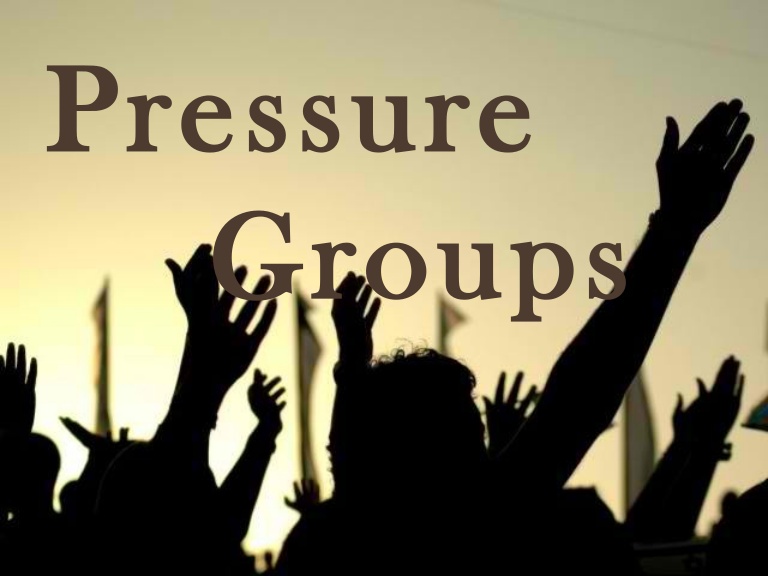Pressure Groups: Types and Characteristics
A pressure group may be defined as any group of people bound together by some common interests or profession who engage in some activities to influence government policies to their own advantage. They sometimes direct their attention to private organisations whose activities have a far-reaching effect on the people.

Unlike political parties, pressure groups are not interested in direct governance or in contesting elections. They may however support particular candidates or parties they regard as supportive of their cause. The Nigerian Bar Association, Nigerian Union of Teachers, and Market Women Associations are examples of pressure groups in Nigeria.
Types of pressure groups
1. Economic pressure groups: These pressure groups focus on the economic wellbeing of their members. They comprise mostly producers and manufacturers. Examples are the Nigerian Association of Chambers of Commerce, Industry, Mines and Agriculture (NACCIMA) and the Manufacturers Association of Nigeria (MAN).
2. Professional or occupational pressure groups: These are pressure groups embracing workers of the same occupation or profession who try to protect their work or professional interests. Nigerian Medical Association, Nigeria Union of Teachers, Nigerian Bar Association, and National Union of Road Transport Workers are examples.
3. Religious pressure groups: These are pressure groups of people that belong to the same religion and wish to influence government decisions in favour of their belief or members. Examples are Supreme Council for Islamic Affairs and the Christian Association of Nigeria.
4. Promotional groups: These are pressure groups that promote some causes which may not directly benefit their members. Examples are National Council for Eradicating Illiteracy, Human Rights groups and the Red Cross.
5. Anomic pressure groups: These are interest groups that use violence, demonstrations, arson, assassination, strikes and the like in expressing their aims and objectives. They are mob groups, not well organised but may be interested in some common goals. Street demonstrators and student riot groups are examples.
Characteristics of pressure groups
1. Pressure groups exist to protect the common interest of members and not to take over governance as political parties do.
2. To carry out their activities, pressure groups depend on contributions from members through levies, donations, and dues including support from other sources who appreciate their cause.
3. Pressure groups are well organised. Without organisation, pressure groups cannot function effectively. Large pressure groups may we branches coordinated from the headquarters by effective leaders.
4. Because members are bound together by common professions and other interests, pressure groups rarely recruit members. So their membership is limited by profession, location, religion or other common interests.
5. A pressure group should also understand the political environment in which it works. Different approaches will be needed to relate with civilian or military governments, for example.